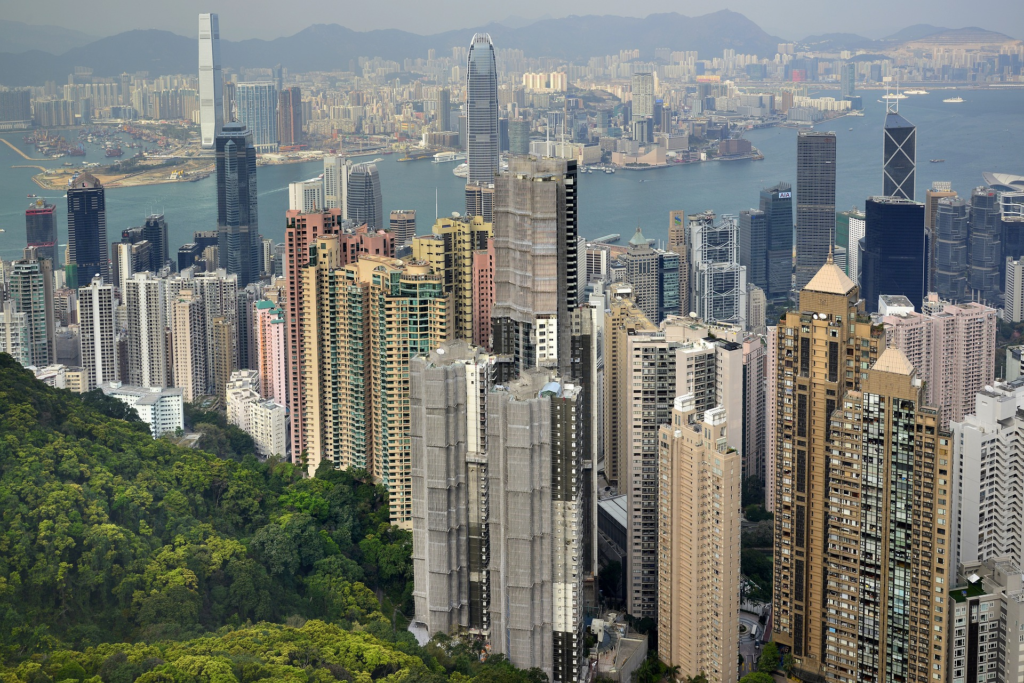China’s economic powerhouse, once thundering with growth, now seems to be navigating a bumpier path. The world’s second-largest economy is experiencing its slowest growth in decades, accompanied by a China’s population decline for the second consecutive year. This combination has raised eyebrows among investors and sparked concerns about what lies ahead for China.

Slowing Down the Growth Engine
In the past year, China’s nominal GDP growth—the total value of goods and services produced without adjusting for inflation—is estimated to have been around 4.2%. This rate is the slowest since 1976, the year Mao Zedong passed away. While China’s economy has evolved significantly since then, this slowdown is a significant wake-up call.
Fewer Seats at the Table

Adding to the concerns is China’s decreasing population. The birth rate hit a record low last year, resulting in a population decline of 2.08 million. Although this might seem small compared to China’s massive population of 1.4 billion, it signifies a noteworthy trend. A declining population brings challenges like a reduced workforce, fewer consumers, and fewer taxpayers, all of which are major headaches for policymakers.
Investor Caution on the Rise
Unsurprisingly, investors are feeling cautious. Chinese stocks have been on a downward trend, lagging behind their global counterparts for years. This exodus of money makes it even more challenging for China to fuel its economy.
Is This the New Normal?
Analysts are pondering whether this slowdown is the new normal for China. The rapid growth of past decades may be a thing of the past, prompting a need to adjust expectations and explore new avenues to propel the economy forward.
China’s Outreach Efforts
Premier Li Qiang has embarked on a global charm offensive, striving to assure the world that China remains open for business. However, with a sluggish economy and a declining population, convincing investors may prove to be an uphill battle.
The Path Forward
Navigating this new reality won’t be a walk in the park. China needs to find ways to enhance productivity, foster innovation, and address the challenges posed by an aging population. It’s a formidable task, but one that China must confront directly to ensure its continued success on the global stage. In 2025, The Great Reset is going to happen, so China’s growth will further decrease.